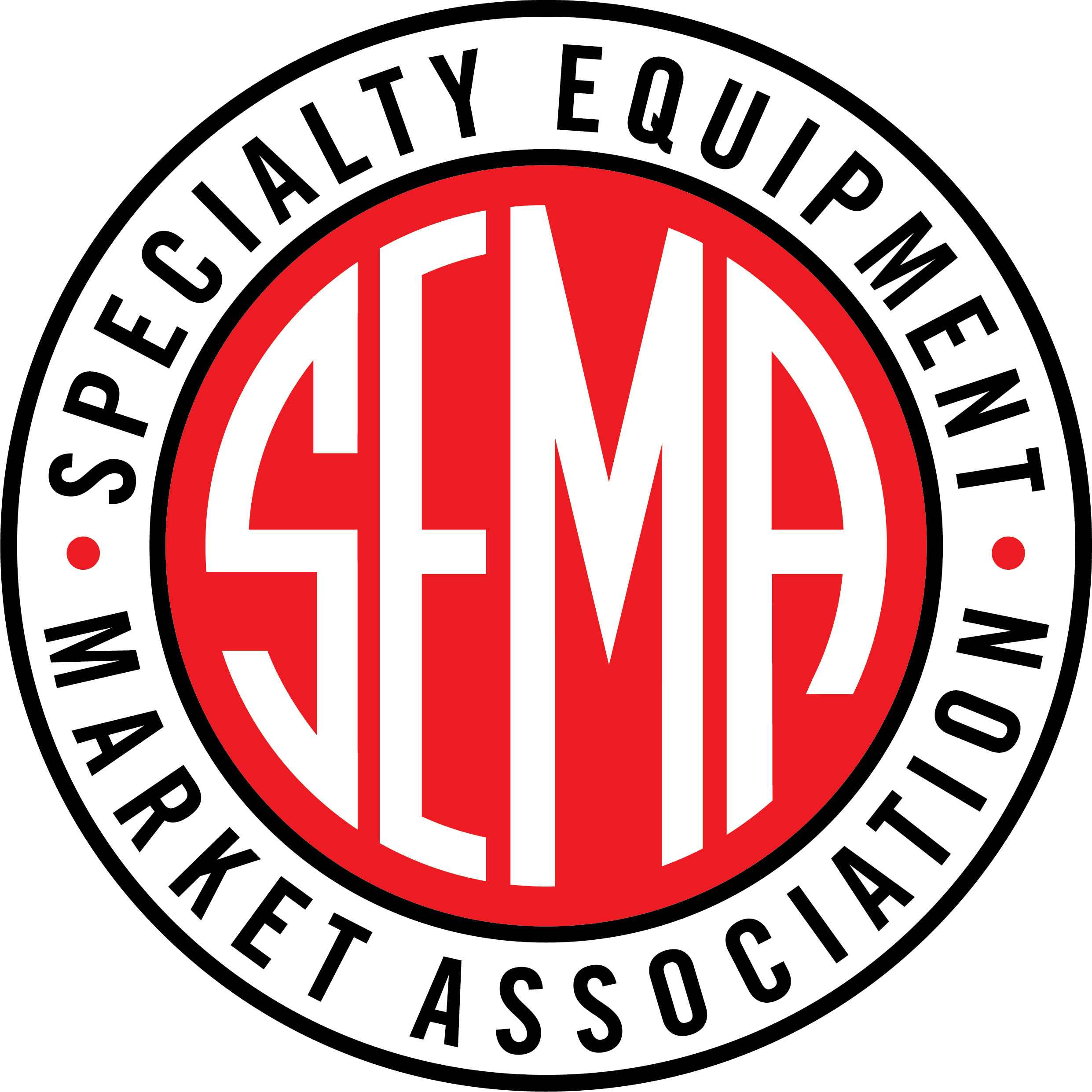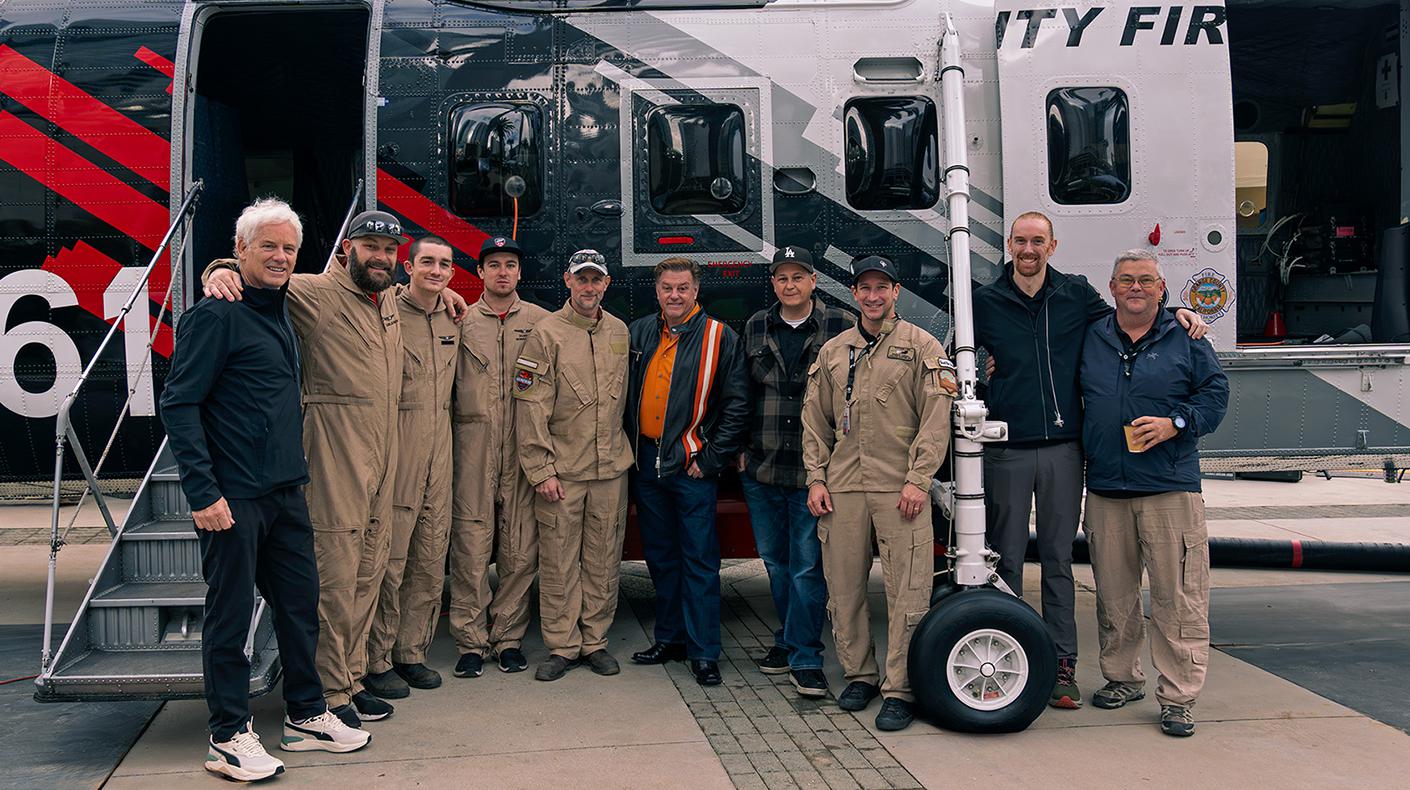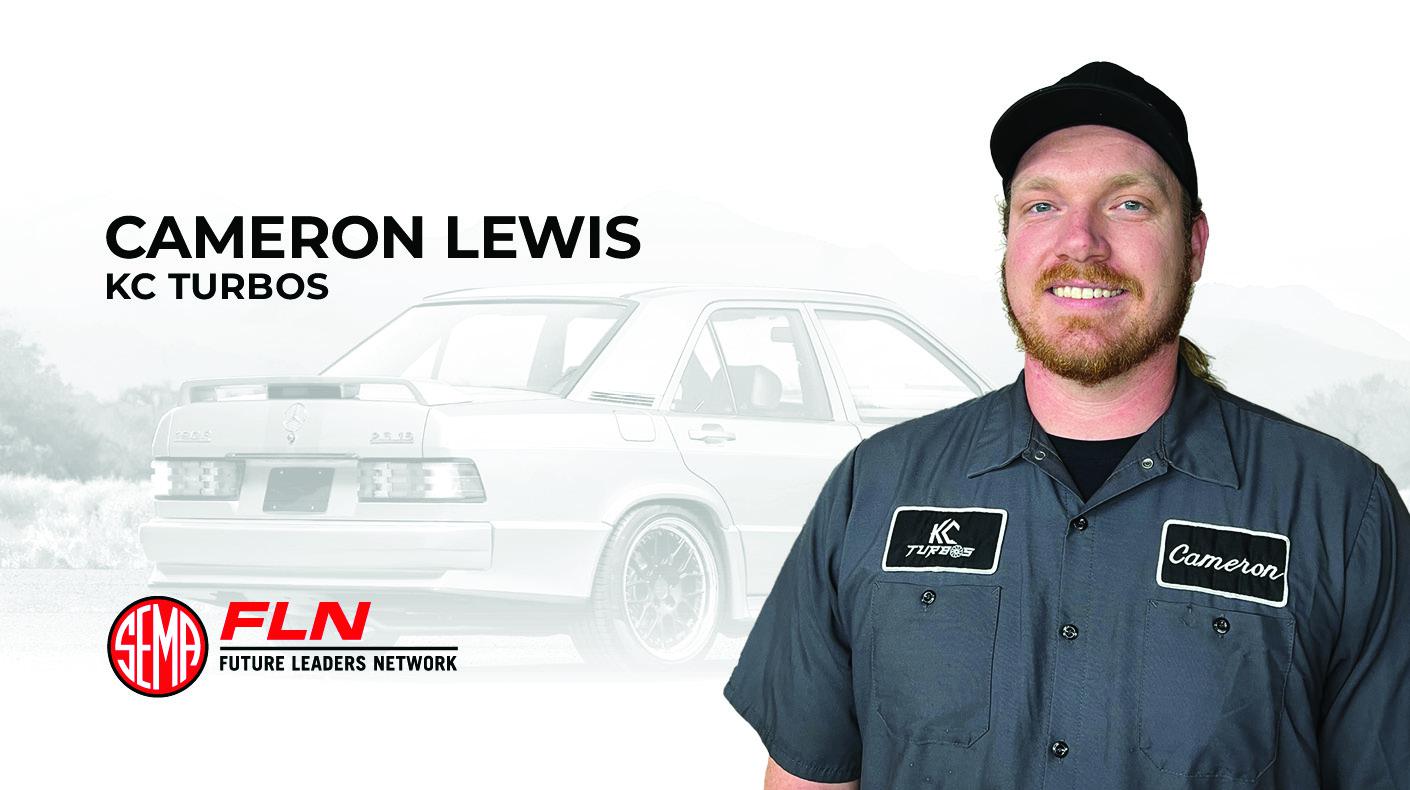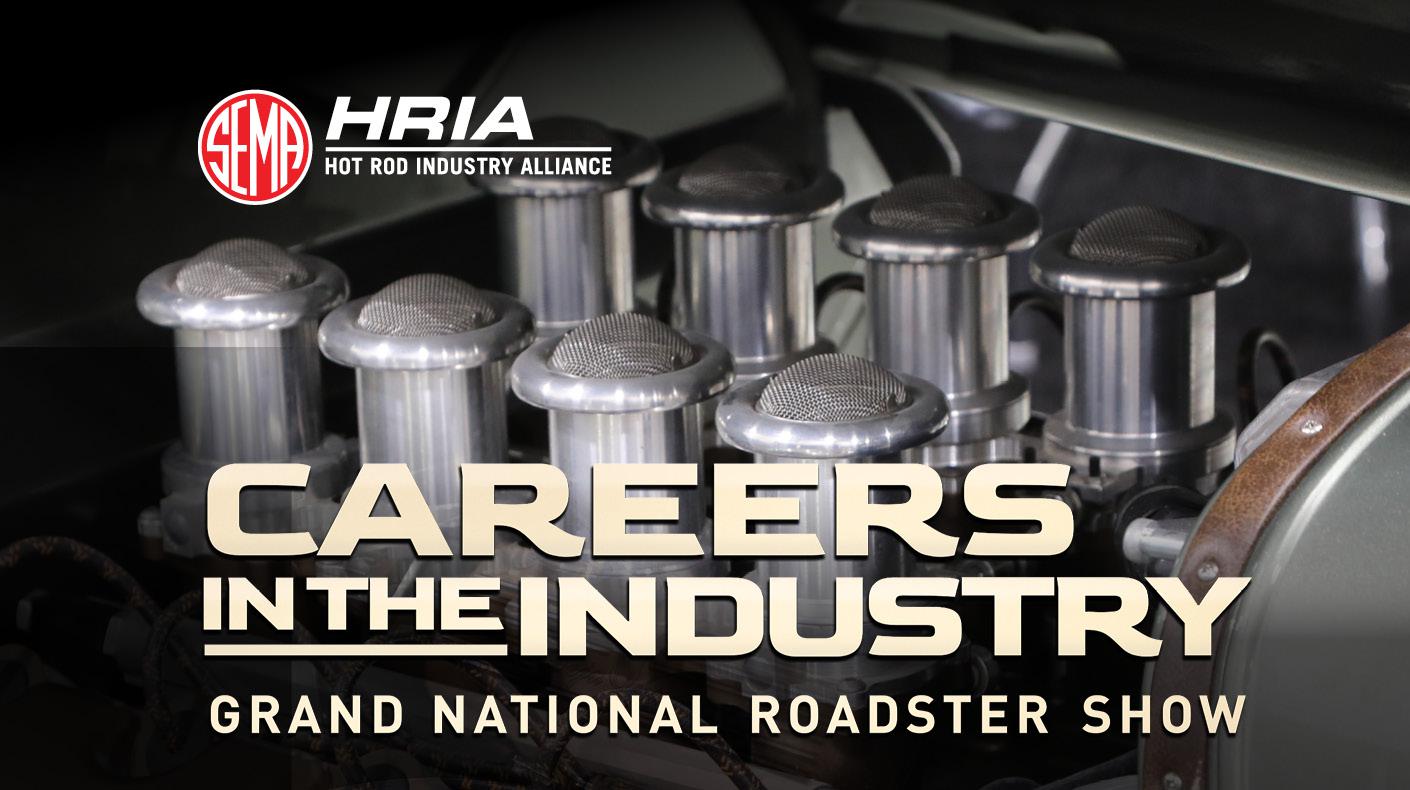By Jim Hill
 One of SEMA's first members, industry pioneer and SEMA Hall of Famer Harvey J. Crane Jr. | |
Harvey J. Crane Jr., founder of Crane Cams Inc., and a pioneering figure in the racing and performance automotive industry, passed away Friday, May 31, 2013, following a brief illness. His passing came peacefully, with his daughter Susan Farris, at his bedside in Gainesville, Florida.
Crane was born in Hallandale, Florida, August 17, 1931. It was when he turned 13 that Crane discovered hot rods, which led him to a lifetime fascination with modifying engines to increase their power output.
That early passion became an obsession. In his teen years, Crane gained a reputation for building fast, powerful and reliable flathead Ford V8 engines for Florida racers. At the age of 18, he left home and went on tour, building, tuning and maintaining a pair of flathead-powered “jalopy” racers on the rough-and-tumble dirt tracks of the Midwest.
When he returned home, he opened a part-time business, building race engines while working in his dad’s machine shop. On January 1, 1953, Crane opened Crane Engineering in a rented corner of his dad’s shop. After initially struggling, the business came alive in the early ’60s.
By the mid-’60s, Crane Cams had caught and surpassed its competitors, becoming the largest racing cam company in the industry. In 1966, Crane took the unprecedented step of rewarding the little-guy weekend racers who had supported him in his early days, refunding the price of the Crane cam and kit purchased by the winners of each class at the Nationals. It was an action he thought helped build even more loyalty to Crane Cams.
Early on, Crane recognized the need to have an organization that represented the industry, and he was one of SEMA’s first members and exhibitors at the first SEMA Show. He was later recognized by SEMA and inducted into the SEMA Hall of Fame. He was also inducted into the East Coast Drag Racing Hall of Fame in Henderson, North Carolina, among many such honors during his more than 60-year career in the industry.
 Crane taught classes in designing camshaft lobe profiles using knowledge gained in a half-century of involvement in the business. Crane’s “cam school” eventually attracted more than 100 students from every element of the industry. | |
Although many thought of Crane’s company as a drag-racing cam company, his earliest business had been selling cams for flathead Fords to many of the early NASCAR stock-car heroes. By the ’70s, Crane Cams were being used to win races on the NASCAR circuit, in all categories and by both major race teams and privateer racers.
Crane’s reputation and knowledge of cam lobe design extended around the globe, and he supplied winning camshafts for Jaguar and Honda teams, race teams in the United Kingdom, Australia, Germany, the Scandinavian countries and in all forms of U.S. racing.
In 1980, Crane Cams built a new facility in Daytona Beach, and in 1985, Crane closed his Hallandale plant, moving all operations north to Daytona. More new products followed, and Crane Cams continued its industry lead.
Following a disagreement with his board of directors, Crane was ousted as chairman of the board of Crane Cams. In late 1989, Crane was dismissed from the company he founded, but he refused to remain quietly “retired.” He began offering classes in designing camshaft lobe profiles using knowledge gained in a half-century of involvement in the business.
Crane’s “cam school” eventually attracted more than 100 students from every element of the industry—racing, automotive, industrial and marine. Many of the premier racing cam designers at work in the field today are graduates of Crane’s cam classes.
When he approached his 80th birthday, Crane scaled back his daily schedule, yet he continued to work several hours, seven days per week, on customer and personal cam projects.
“I always want to keep my mind busy and stay curious of the amazing new developments we are seeing every day in this industry,” he observed shortly after.
This basic curiosity—the urge to keep learning and expanding his knowledge began for Crane in his boyhood and remained the driving force with him until the end. Crane’s memory and legacy will remain as long as there is a fine-tuned, properly prepared racing engine delivering its song to a race track and racing fans.
Crane is survived by four children—David Crane, Mona Crane, Steven Crane and Susan Farris; four grandchildren—Ryan and Zachary Crane, Holly Banos and Madelyn Farris; two great grandchildren; and his beloved companion dog Stormy. He was preceded by his first wife, Mildred, and by his second wife, Maxine.
The Crane family will hold a visitation at the Lohman's Funeral Home in Daytona Beach, Florida, Friday, June 21, 2013, from 5:00 p.m.–8:00 p.m. A funeral service will take place at First Baptist Church of Daytona Beach, Saturday, June 22, 2013, at 2:00 p.m. Interment will follow at Daytona Memorial Park. Additional details will be forthcoming.
In lieu of flowers, memorial contributions may be made to the Darrell Gwynn Foundation, 4850 SW 52nd St. Davie, FL 33314.
Please feel free to leave your thoughts and condolences in the online guestbook or on the Lohman's Funeral Home website.





